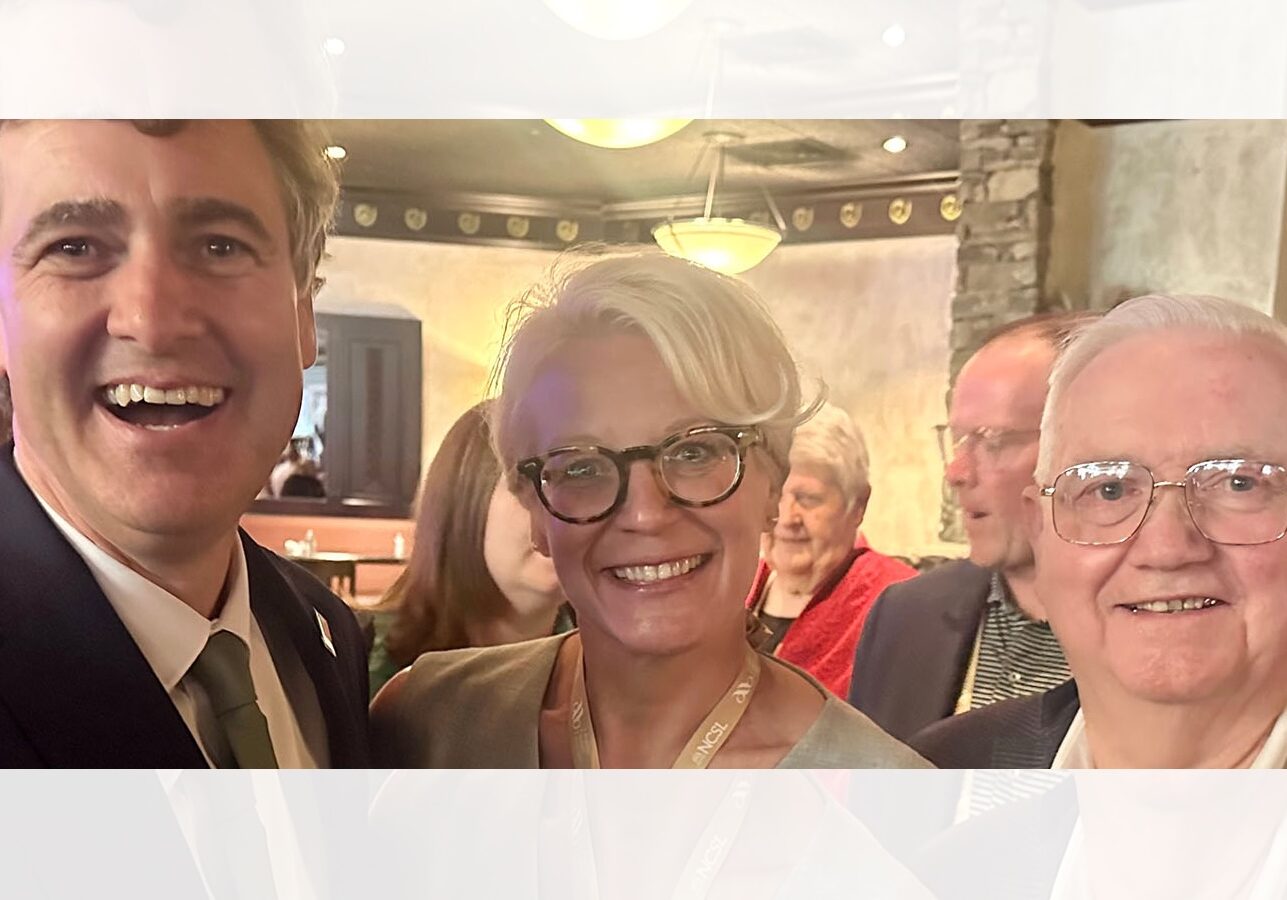What Does Montana’s New Ireland Commission Actually Do?
New commission raises $500, uses 68 staff hours while planning Ireland trip
By Staff Writer
Sep 4, 2025
HELENA — The Montana-Ireland Trade Commission, created by 67 state legislators to boost economic ties with Ireland, raised $500 and used 68.5 hours of taxpayer-funded staff time for administrative tasks since becoming operational in July.
The bipartisan commission, established through Senate Bill 320 and signed into law on St. Patrick’s Day, held its inaugural meeting Aug. 15 via Zoom. According to the commission’s first annual report, the primary accomplishments include electing officers and discussing attendance at an Irish festival in Missoula.
“There’s significant excitement about the Commission’s potential impact on trade, culture and education,” commission Chair Sen. Mike Cuffe said in a Commerce Department press release. “We’re looking forward to not only advancing bilateral trade and investment between Montana and Ireland, but also promoting business and academic exchanges between us.”
The commission’s first annual report outlines early steps toward those ambitious goals. The nine commissioners discussed creating banners and pins for cultural events, attending the Failte Montana Irish Festival, and a potential future trade mission to Ireland.
The commission raised $500 through initial fundraising efforts, while Commerce Department staff logged 68.5 hours creating a website, planning meetings, and handling administrative tasks. Per the legislation, staff time is charged to the Montana-Ireland Trade Commission fund, meaning taxpayers are covering administrative costs despite claims the commission is “self-funded.”
Chair Cuffe has requested detailed cost breakdowns from Commerce for administrative support, including “staff hours, hourly rates and benefits.”
Economic Reality Check
The push for Montana-Ireland trade faces significant practical hurdles. Ireland’s economy centers on high-tech pharmaceuticals, medical devices, and software services — sectors representing €99.9 billion in exports, or 45% of Ireland’s total export economy. Ireland ranks as one of the world’s largest exporters of pharmaceuticals and medical devices.
Montana’s potential exports to Ireland, by contrast, include beef and agricultural machinery. While Ireland imported 113 million pounds of beef in 2022, establishing new trade relationships typically requires existing commercial foundations that currently don’t exist between the two regions.
The legislation creating the commission acknowledges this challenge, noting that Montana and Ireland “are attempting to reinvent their economies for success in the twenty-first century” and have “both historic and practical reasons to desire the building of stronger commercial links.”
Those historic reasons trace to Montana’s Irish heritage, particularly in mining communities like Butte, where Irish immigrants settled in the late 1800s. The state officially recognizes March 17 as Irish Heritage Day, and Gov. Greg Gianforte deliberately signed the trade commission legislation on that date.
Bipartisan Support, Taxpayer Funding
The commission structure ensures bipartisan representation, with members appointed by both majority and minority leaders from the House and Senate. Vice-Chair Sen. Ellie Boldman (D-Missoula) serves alongside Chair Cuffe on the nine-member panel, which includes Commerce designee Tony Brockman, Agriculture Director Jillien Streit, Higher Education Commissioner Clayton Christian, and two gubernatorial appointees representing Irish-American interests and business organizations.
Despite language requiring the commission to “raise all money necessary” through fundraising, the legislation creates a special revenue account allowing the state to reimburse administrative expenses and “support the commission’s efforts to carry out its purposes.” Those purposes include trade missions, business exchanges, academic partnerships, and infrastructure investment support.
The commission’s annual report lists benefits to the state by simply copying the legislative language verbatim, offering no concrete examples of economic impact. When asked for legislative recommendations, the report states the commission “currently has no legislative recommendations” but aims to provide them in September 2026.
Next Steps
The commission will meet Sept. 18 at the State Capitol, where Commerce officials will present information about trade mission logistics and costs. The meeting represents the commissioners’ first in-person gathering since their formation.
“Although MITC has only had one business meeting, there is significant excitement about its potential impact on trade, culture, education, and more,” the annual report concludes.
The commission must provide annual reports detailing their work and benefits to international trade sectors. Their next report is due September 2026.
Categories: Culture, Government
Don’t miss the week’s top Montana stories
Join readers across Montana who rely on WMN for independent reporting.
Unsubscribe anytime. Want to support WMN? Upgrade for $4/month →




